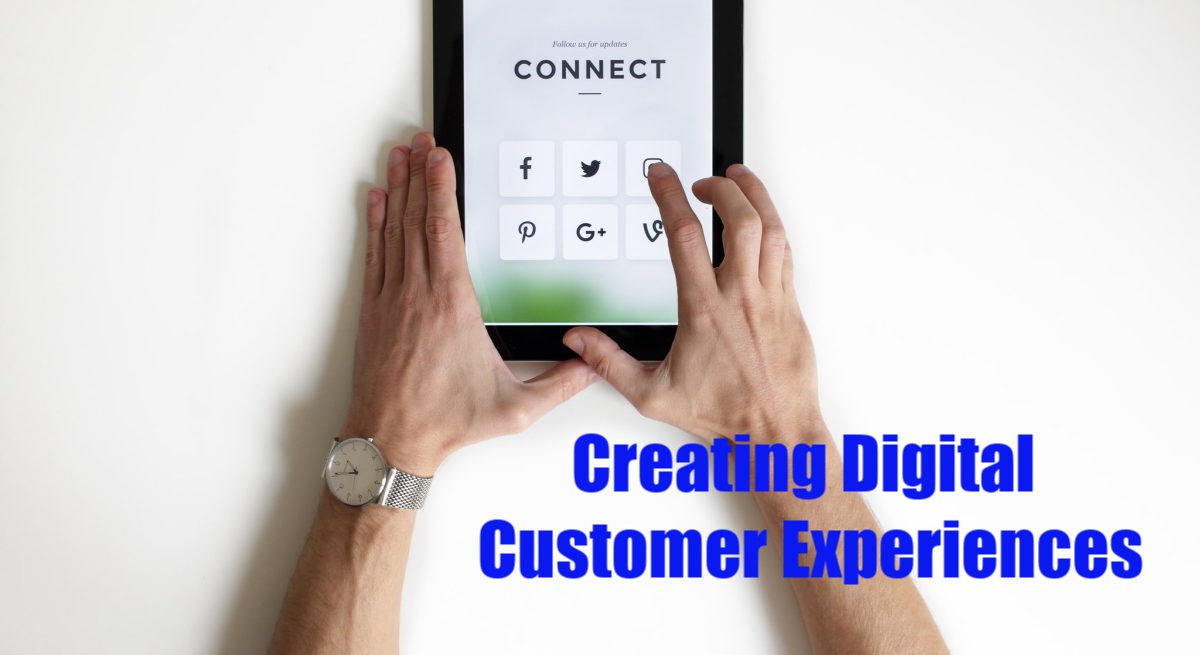Three Ways for Restaurants to Boost Digital Customer Experiences Now
5 Min Read By Venu Gooty
Because food trends come and go, customer taste buds and preferences change, and technology adds new wrinkles to processes like ordering and supply chain management, the restaurant space is constantly evolving — but no one could have predicted the event that would have the biggest impact on modern restaurants since, well, maybe ever: a pandemic.
Ensuring a positive digital customer experience entails optimizing various channels and technological infrastructure to improve how customers navigate a restaurant’s online persona.
With social distancing guidelines specifying six feet of distance between customers in essential businesses, and most states ordering stay-at-home and shelter-in-place mandates, many restaurants that previously focused only on exceptional dine-in experiences, or those that thrived on foot traffic, have been forced to shutter.
Some restaurants with take-out or delivery options have stayed open, but may have shifted to limited menus, or are running on skeleton crews if employees are unable to work due to ill family members or lack of childcare. And with economic uncertainty looming, many consumers are ordering out less frequently and cooking at home more.
This new reality is understandably unsettling for many restaurant owners and operators, but it’s also an opportunity to rethink the way you do business to ensure survival over the long-term — and some key digital customer experience best practices and tactics can help you plan your strategy.
Creating Digital Customer Experiences: Three Best Practices
Because the very nature of most restaurants entails creating a memorable physical experience that engages all of the senses, often down to minute details, not all restaurants have focused on creating a seamless digital presence — and the time to change that is now.
Ensuring a positive digital customer experience entails optimizing various channels and technological infrastructure to improve how customers navigate a restaurant’s online persona. This creates frictionless digital experiences that mirror or crib off the ways a customer would interact with the restaurant in real life — even if your physical space is currently closed.
While this list is by no means comprehensive, three key best practices include:
Ensure an Intuitive, Well-Designed Digital Presence with a Positive User Experience (UX)
This isn’t just about ensuring a website looks nice. When a customer visits your site, it should be designed around core UX practices that make browsing and navigating a site seamless and enjoyable instead of frustrating and inconsistent.
Right now, UX is especially key if your restaurant already has, or has shifted to, online ordering. The ways customers order and pay should be simple, intuitive and fast — and the process should echo how it would function in your physical restaurant. For example, if your restaurant would normally allow customization of orders, this should be possible in the ordering platform — loyal dine-in customers who appreciated having their order personalized to their tastes, and realize they can’t get “their” order online because the ordering platform doesn’t allow it, will be less likely to place a takeout order with you.
Another way to personalize a web experience is to allow customers to create accounts, which lets them see their past favorites and orders, save payment methods and more. This is another opportunity to help create a unique online experience that would mirror a customer’s physical interaction with your store, where there might be a server who always remembered how they took their coffee or what toppings they liked on their burger.
Additionally, a branded mobile app enables your business to send notifications to customers in real-time with special offers that allows your business to drive traffic during slow days. Similarly, various social media websites allow businesses to enlist their menu for customers to order, which can attract new audience that may not earlier have had access to.
Evaluate and Shift Your Ad Spend
Many restaurants have pulled their ads from online and print newspapers, radio and television because they’re unlikely right now to see a lot of return (especially if the ads tout dine-in only specials, or seem tone-deaf for the times).
Instead, digital advertising can be an easier, more effective and sometimes less costly way to optimize your ad spend and keep your business top of mind with customers, especially if you’ve shifted to delivery or takeout models.
Tactics like Google Ads and Facebook boosted posts allow targeting to specific geographic areas, among other demographics, and provide ways to analyze how many customers clicked on your ad, the demographics of those customer, and whether they took actions based on specific promotions (“order delivery now and get $5 off with this code!”).
For small or local restaurants, this is also a great time to engage with formerly loyal customers as well as create new ones. Many consumers have expressed a desire to support their local businesses during the pandemic; even if you’re not open right now, you can run promotions via digital advertising (“buy a $25 gift card now, get a free dessert when we’re open again!”).
Analyze Online Conversations to Adjust Current and Future Strategies
Looking at online conversations — who’s talking about what in real time, and where they’re located — can also help you focus digital marketing efforts and engage with former, current and prospective customers.
Using social listening tools, you may find that a lot of people in a certain community are looking for restaurants offering family meal options for delivery. If you already offer that, you can target digital advertising to people located in this area, and if you don’t offer it, it gives you an idea of what customers in your area want right now.
If your restaurant is still open for delivery and/or takeout, look at your own social media and digital channels (Yelp, etc.) to see what people are talking or asking about, or how satisfied they’ve been with their socially distanced experiences, to tweak or fix what you’ve been doing.
Additionally, look at your competitors’ social channels, to understand what they’re doing during the pandemic and how they’re serving their customers. If you can see a number of customers asking for something a competitor can’t offer, it can be an opportunity for you to fill a void by rethinking your takeout menu, delivery options or promotions.
The Way Forward
There is no doubt that the coming weeks and months will be challenging for restaurants. Uncertainties abound, from how well we can contain the spread of the coronavirus and how comfortable consumers will be going to crowded spaces, to what federal and state economies will look like over the next year or two, and where consumers will decide to spend their dollars when many people are out of work.
But at a time when most restaurants are not open for dining in, creating digital experiences that either enhance what you’re offering now, or position you for reopening, is critical. If you have been waiting for the perfect moment to establish or revamp your digital presence, now is the time. Create a digital experience that mirrors your in-store customer service mentality, and your restaurant will be better prepared for whatever is to come — and if you’re not sure where to start when it comes to implementing digital tools and technologies, look for trusted partners and consultants who can help guide you.


